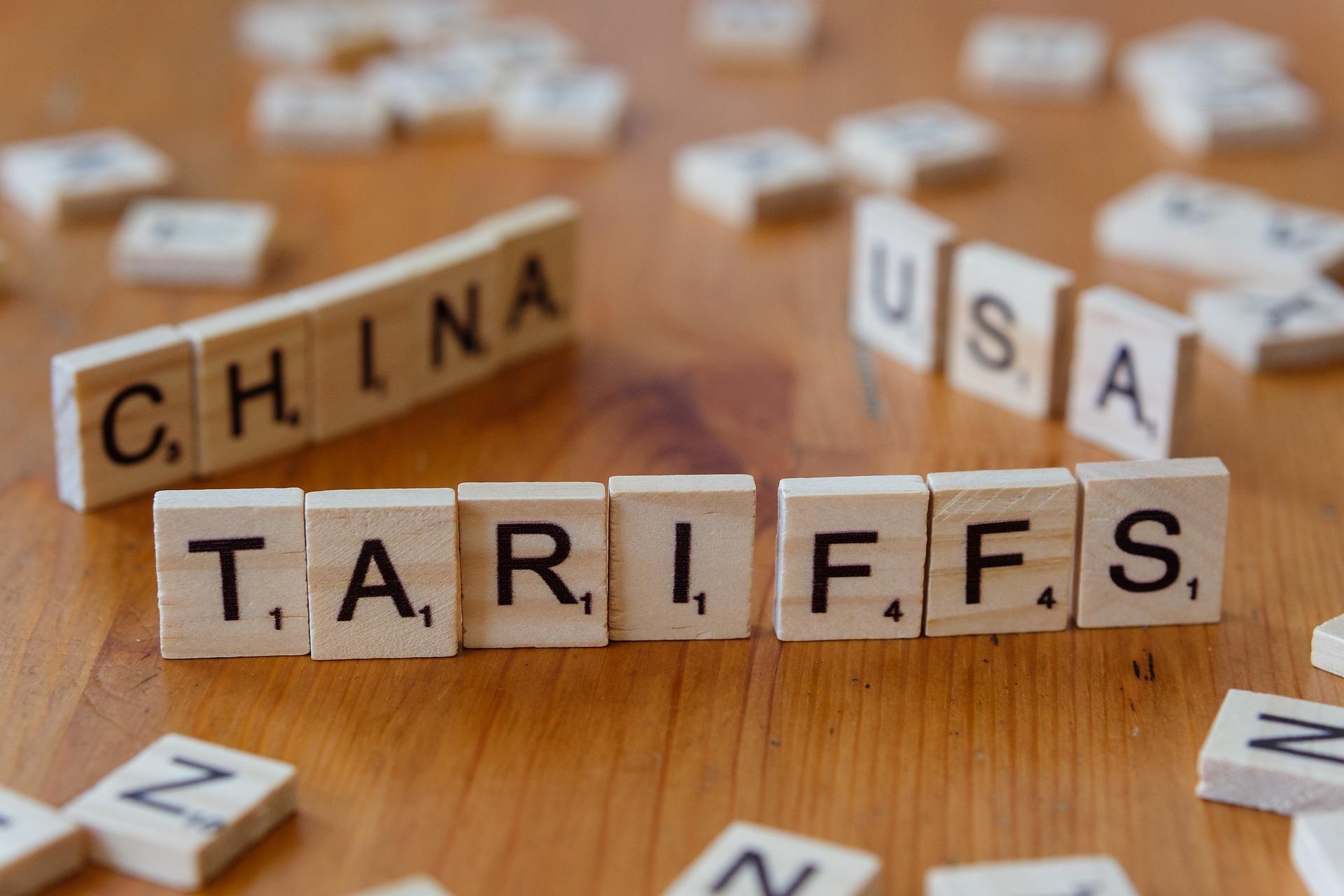
In a landmark move, President Donald Trump has unveiled a comprehensive list of "reciprocal tariffs," targeting 50 countries with levies ranging from 10% to 49%. This aggressive trade policy aims to generate over $600 billion annually, making it one of the most significant tariff implementations in U.S. history.
Full List of Tariffs by Country:
1. Cambodia - 49%
2. Laos - 48%
3. Madagascar - 47%
4. Vietnam - 46%
5. Myanmar (Burma) - 44%
6. Sri Lanka - 44%
7. Bangladesh - 37%
8. Serbia - 37%
9. Botswana - 37%
10. Thailand - 36%
11. China - 34%
12. Taiwan - 32%
13. Indonesia - 32%
14. Switzerland - 31%
15. South Africa - 30%
16. Pakistan - 29%
17. Tunisia - 28%
18. Kazakhstan - 27%
19. India - 26%
20. South Korea - 25%
21. Japan - 24%
22. Malaysia - 24%
23. Côte d'Ivoire - 21%
24. European Union - 20%
25. Jordan - 20%
26. Nicaragua - 18%
27. Philippines - 17%
28. Israel - 17%
29. Norway - 15%
30. Turkey - 10%
31. Peru - 10%
32. Costa Rica - 10%
33. Dominican Republic - 10%
34. United Arab Emirates - 10%
35. New Zealand - 10%
36. Argentina - 10%
37. Ecuador - 10%
38. Guatemala - 10%
39. Honduras - 10%
40. Egypt - 10%
41. Saudi Arabia - 10%
42. El Salvador - 10%
43. Morocco - 10%
44. Trinidad and Tobago - 10%
45. Brazil - 10%
46. Singapore - 10%
47. Chile - 10%
48. Australia - 10%
49. Colombia - 10%
50. United Kingdom - 10%
Market Reactions
The announcement sent shockwaves through global financial markets. U.S. stock futures plummeted:
- Dow Jones Industrial Average futures dropped by over 1,000 points.
- Nasdaq futures declined by 4%.
Investors fear retaliatory tariffs from affected nations, which could disrupt global supply chains and slow economic growth. The uncertainty surrounding international trade has intensified volatility in equity markets, prompting concerns from economists and trade experts alike.
Economic and Political Implications
The new tariff regime is expected to have widespread consequences:
- Rising Costs for Consumers: Higher tariffs on imported goods could lead to increased prices for American consumers.
- Impact on U.S. Businesses: Many industries reliant on global supply chains, including technology and manufacturing, could face increased costs and operational challenges.
- Diplomatic Strains: The U.S. is likely to face pushback from key trading partners, leading to potential trade wars and retaliatory measures.
The White House, however, remains firm in its stance, arguing that these tariffs are necessary to protect American jobs and reduce trade deficits.
With markets reacting sharply, analysts predict further turbulence in the coming weeks. As countries impacted by these tariffs formulate their responses, global trade dynamics could undergo significant shifts. Investors and businesses will be closely monitoring any countermeasures from major economies, especially China, the European Union, and India.
Disclaimer: The information provided in this article is for informational purposes only and should not be construed as financial or investment advice. Readers are advised to conduct their own research or consult financial professionals before making any investment decisions. The views expressed in this article do not necessarily reflect the views of Sensexnifty.com or its affiliates.




